USS McCain the 4th Navy warship to crash in Asia this year
A look at the crashes from ships in the Navy's Pacific fleet.
— -- The collision between the USS John S. McCain and a Singapore merchant ship today marks the fourth time in the past eight months that a ship in the U.S. Navy's Pacific fleet has been involved in a crash.
In the wake of the McCain’s collision, which left 10 sailors missing and another five injured, Adm. John Richardson has ordered a broad review of recent incidents involving U.S. Navy ships in the Pacific.
"He [Richardson] is going to look at all factors, not just the immediate ones which will fall rightly under the fleet commander's investigation of what happened to his ship," U.S. Secretary of Defense Jim Mattis said today.
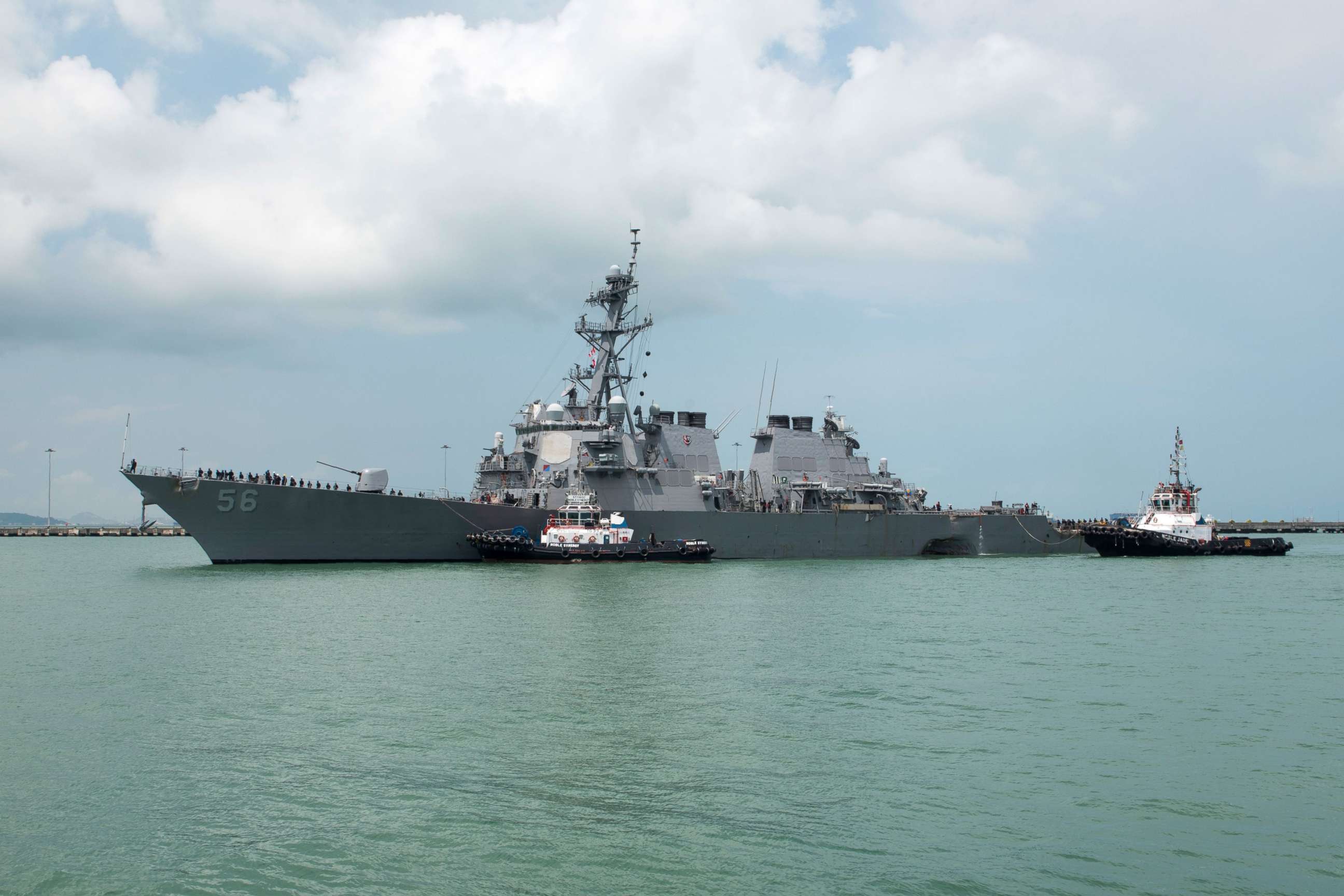
There will also be an "operational pause and a deeper look into how we train and certify forces operating in and around Japan,” Richardson's office said
The review will focus on the pace of operations for Navy ships in the Pacific pertaining to maintenance, equipment and personnel. And it will also focus on surface warfare training, including tactical and navigational proficiency.
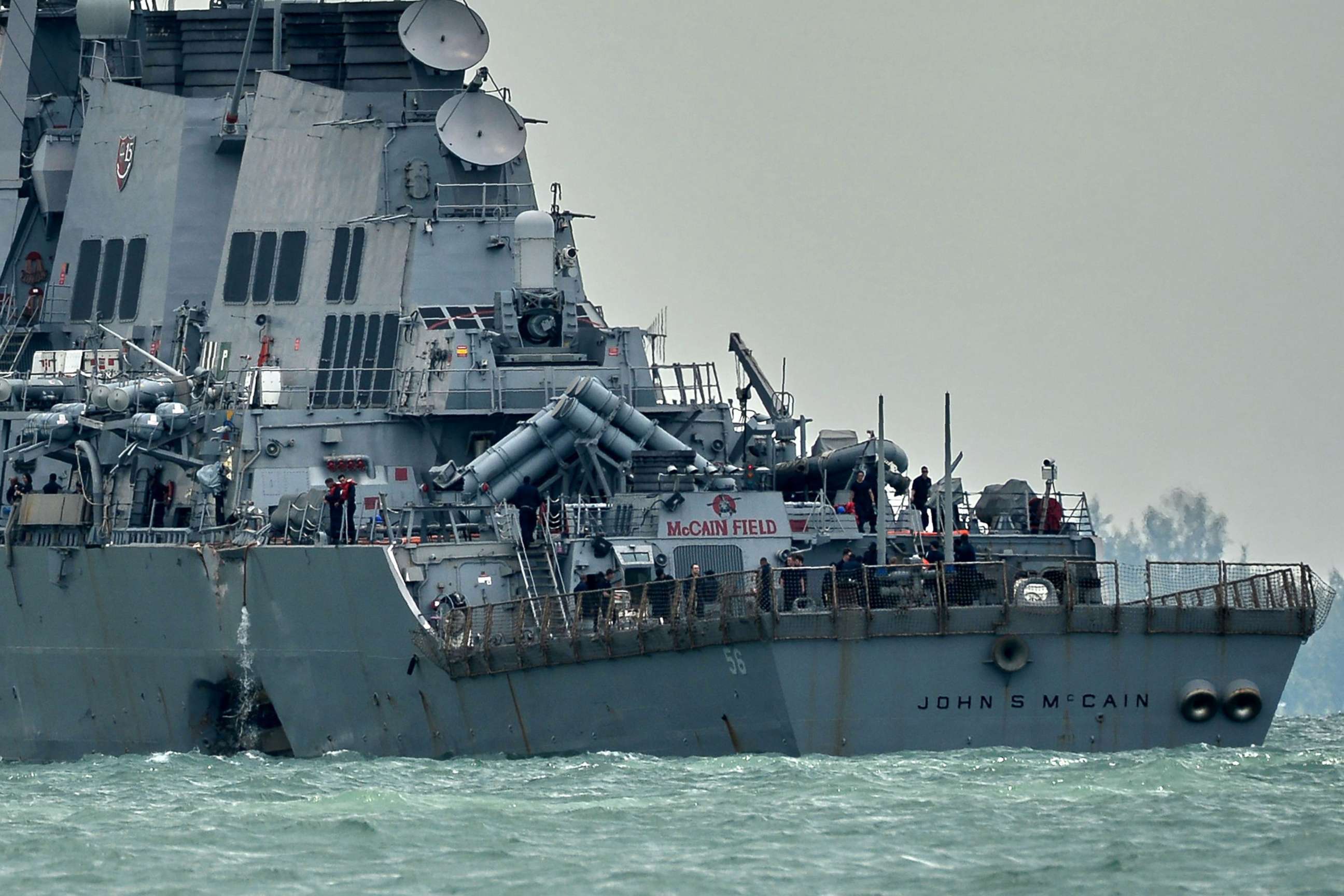
All four crashes were confined to Asian waters, and the Navy is "not having the same problem in the Atlantic and Mediterranean," said Steve Ganyard, an ABC News contributor, retired Marine colonel and a former deputy assistant secretary of state.
In its review, the Navy will need to determine why "these mishaps keep happening" with the Pacific fleet, Ganyard told ABC News.
"Things like this should never happen," he said. "But it's happened twice in two months, so they need to get to the bottom of that."
The Navy will likely look at basic procedures such as training, staffing and operational tempo, or how often the crew is deployed, Ganyard said.
Ganyard said it is concerning that the crashes occurred during "basic seamanship" instead of in the course of combat operations.
"It's the difference between having your driver's license and being a Formula One racer," he said. "You both know how to drive but one's just the basics. This is taking the ship to sea and getting it back safely without running into anybody."
It is "really unusual" for sailors to get hurt or lose their lives at sea, Ganyard said. He estimates that the repairs for the most recent crashes alone -- the USS Fitzgerald and the USS John S. McCain – will cost hundreds of millions of dollars.
"It wouldn't be surprising to see a bill upwards of a billion dollars for these two ships," he said.
Here's a look at the U.S. Navy warship crashes in 2017:
Jan. 31: The USS Antietam runs aground off coast of Japan
The USS Antietam, a guided-missile cruiser, ran aground Jan. 31 off the coast of Japan, damaging its propellers and spilling oil into the water.
It grounded near the U.S. Naval base in Yokosuka, Japan, after anchoring out in high winds, the Navy Times reported.
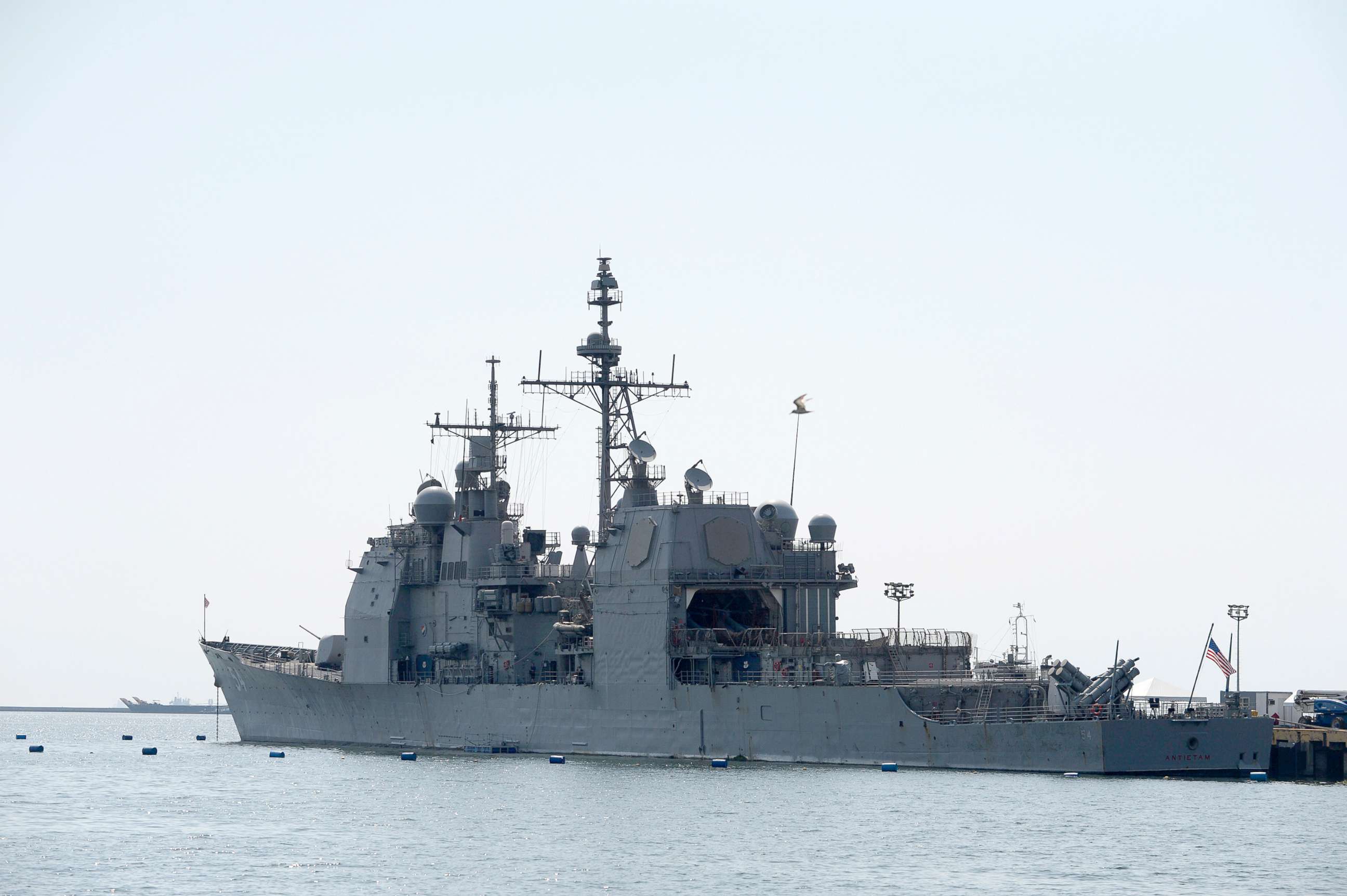
The crew noticed the ship was dragging its anchor before getting it back underway, according to the Navy Times, adding that the crew then felt the ship shudder and lose pitch control of its propellers.
About 1,100 gallons of oil were dumped into the Tokyo Bay, the Navy Times reported. No one was injured.
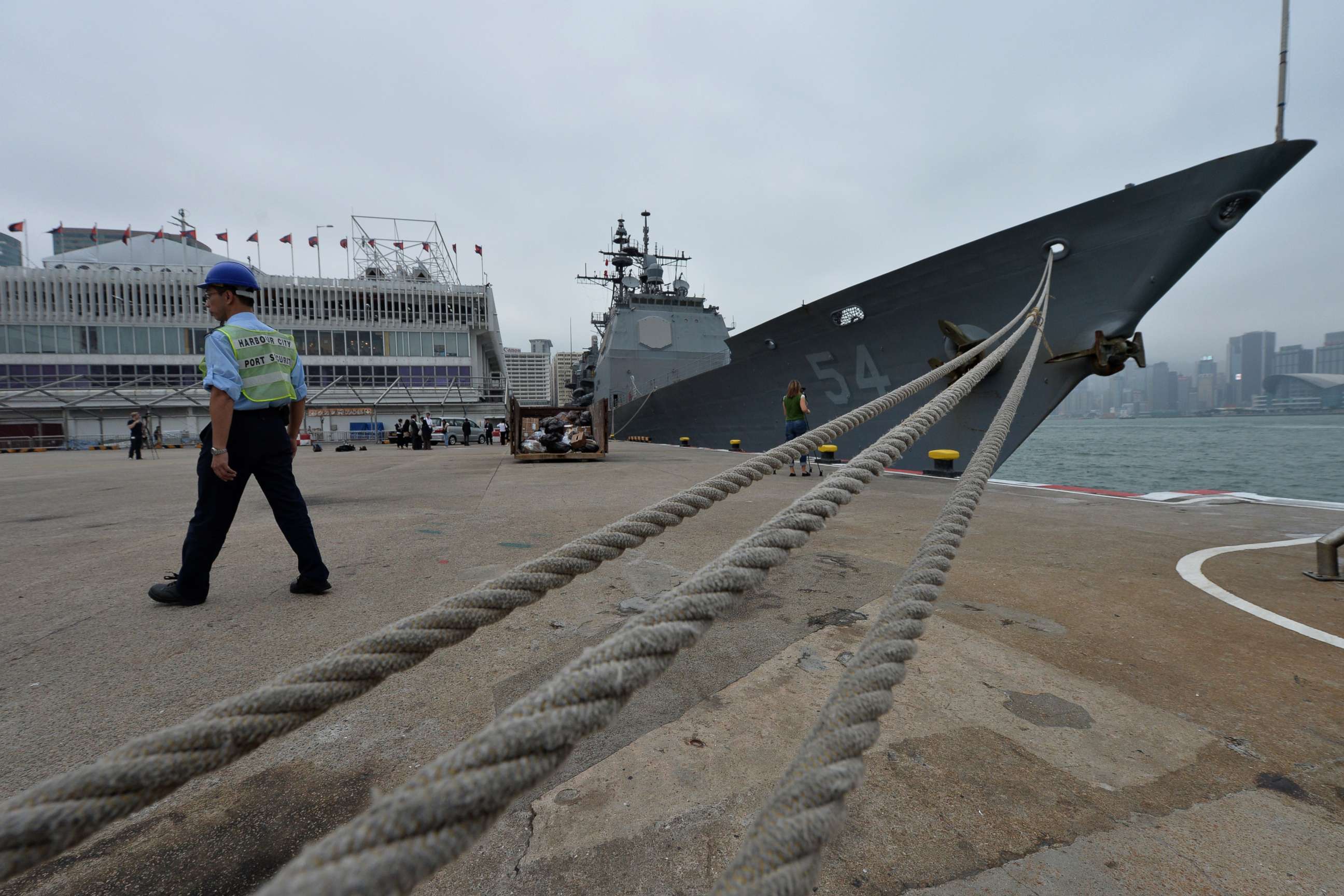
A Navy investigation revealed that the former Capt. Joseph Carrian of the USS Antietam was "ultimately responsible" for the ship’s running aground, causing an estimated $4.2 million in damage, Stars and Stripes reported earlier this month.
May 9: The USS Lake Champlain collides with South Korean fishing boat
The USS Lake Champlain, also a guided-missile cruiser, collided with a South Korean fishing boat in the Sea of Japan May 9.
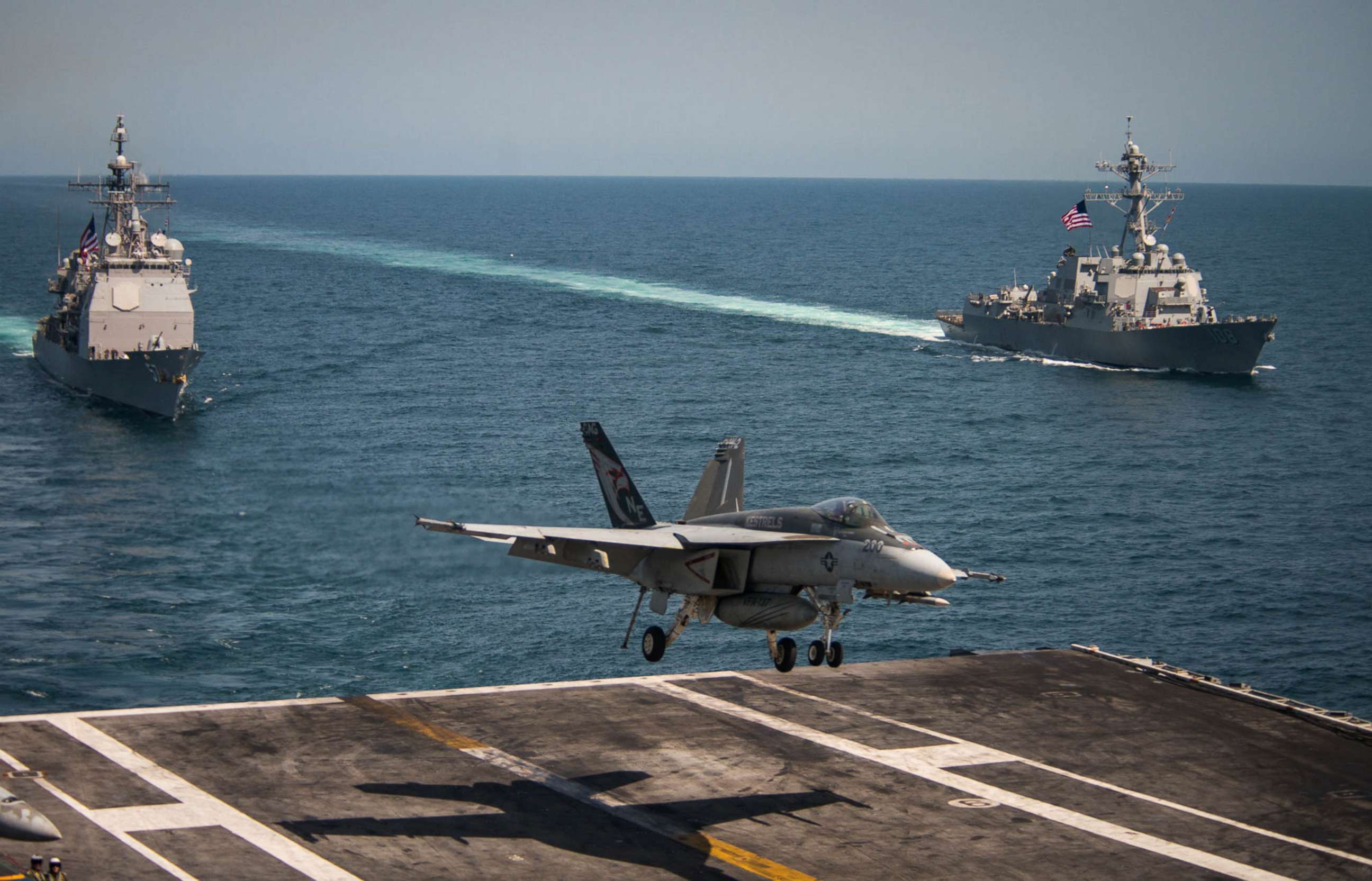
The ship was engaged in routine training when it collided with the 9.8-ton fishing boat off South Korea's east coast, The Associated Press reported.
No one was injured in the incident.
The Navy ship tried to alert the fishing boat before the collision but it was too late.
June 17: The USS Fitzgerald collides with a Philippine container ship
Seven U.S. sailors were killed when the USS Fitzgerald collided with Philippine-flagged container ship in the middle of the night off the coast of Yokosuuka, Japan, June 17.
The destroyer was operating about 56 nautical miles southwest of Yokosuka when it collided with the ACX Crystal. Most of the Fitzgerald's 300 crew members on board would have been asleep at the time, The Associated Press reported.
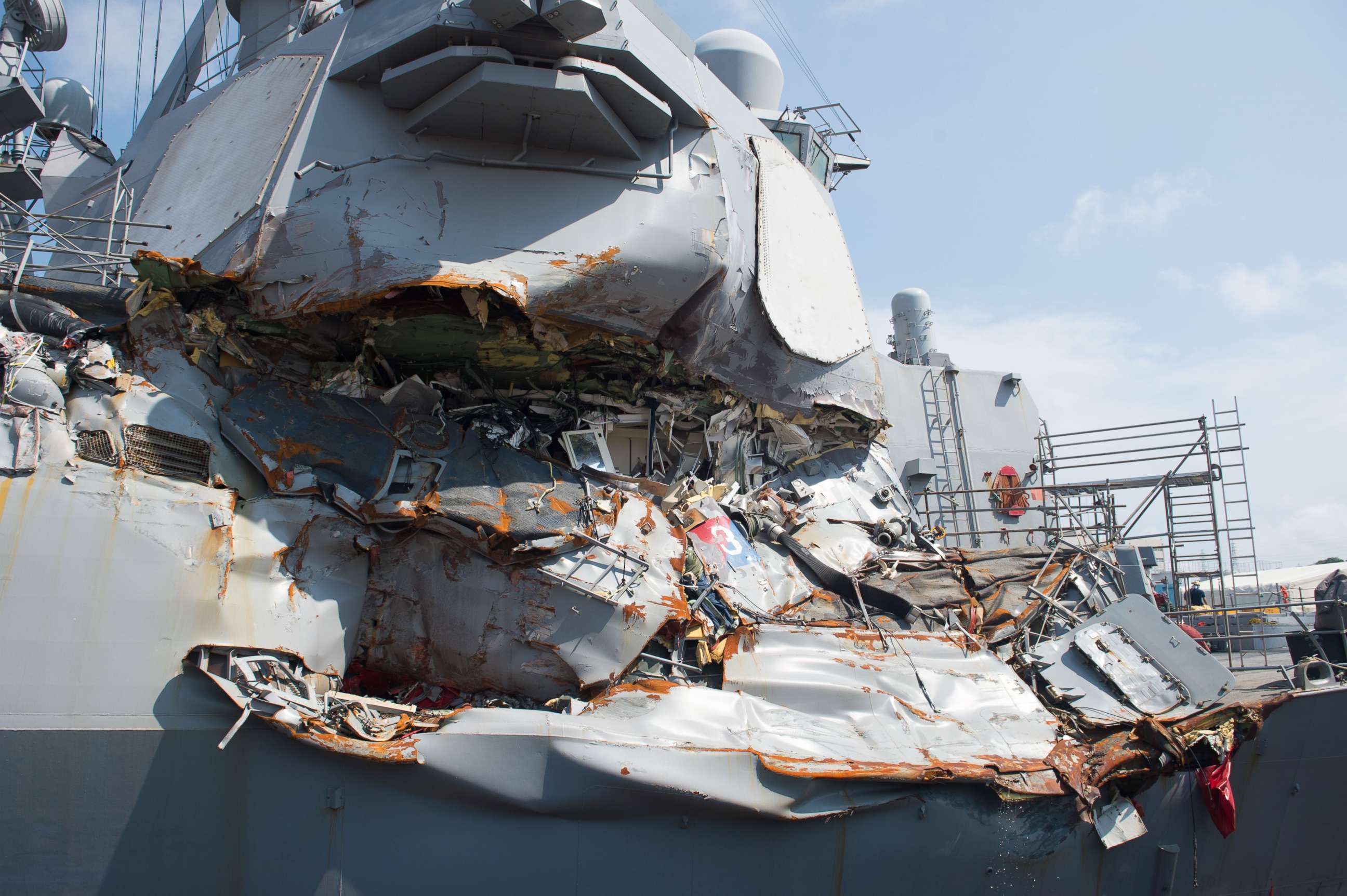
The Fitzgerald sustained damage on its starboard side and experienced flooding in some spaces as a result of the collision, according to the Navy.
All seven sailors who died were initially missing after the collision and found in the flooded quarters after the destroyer returned to port, a Navy official told ABC News. Those quarters flooded within 90 seconds of the collision.
The area is often busy with sea traffic, with as many as 400 ships passing through it every day, according to Japan's coast guard.
The Navy last week relieved the USS Fitzgerald's commanding officer, executive officer and senior enlisted sailor for alleged mistakes that led to the deadly crash.
Aug. 21: The USS John S. McCain collides with a merchant ship
The USS John S. McCain, named after the father and grandfather of Vietnam war hero Sen. John S. McCain III, R-Ariz., collided with commercial vessel Alnic MC in waters east of Singapore today, the Navy said in a statement.
The collision occurred east of the Strait of Malacca around 6:24 a.m. Japan Standard Time, according to the Navy. The warship was on its way for a routine port visit in Singapore, the Navy said.
"It was one of the busiest shipping lanes in the world," Ganyard said on "Good Morning America" today.
"One-third of all maritime shipping goes through here," Ganyard said. "So there were probably extenuating circumstances but no doubt, as we saw in the Fitzgerald, there was probably human error involved, as well."
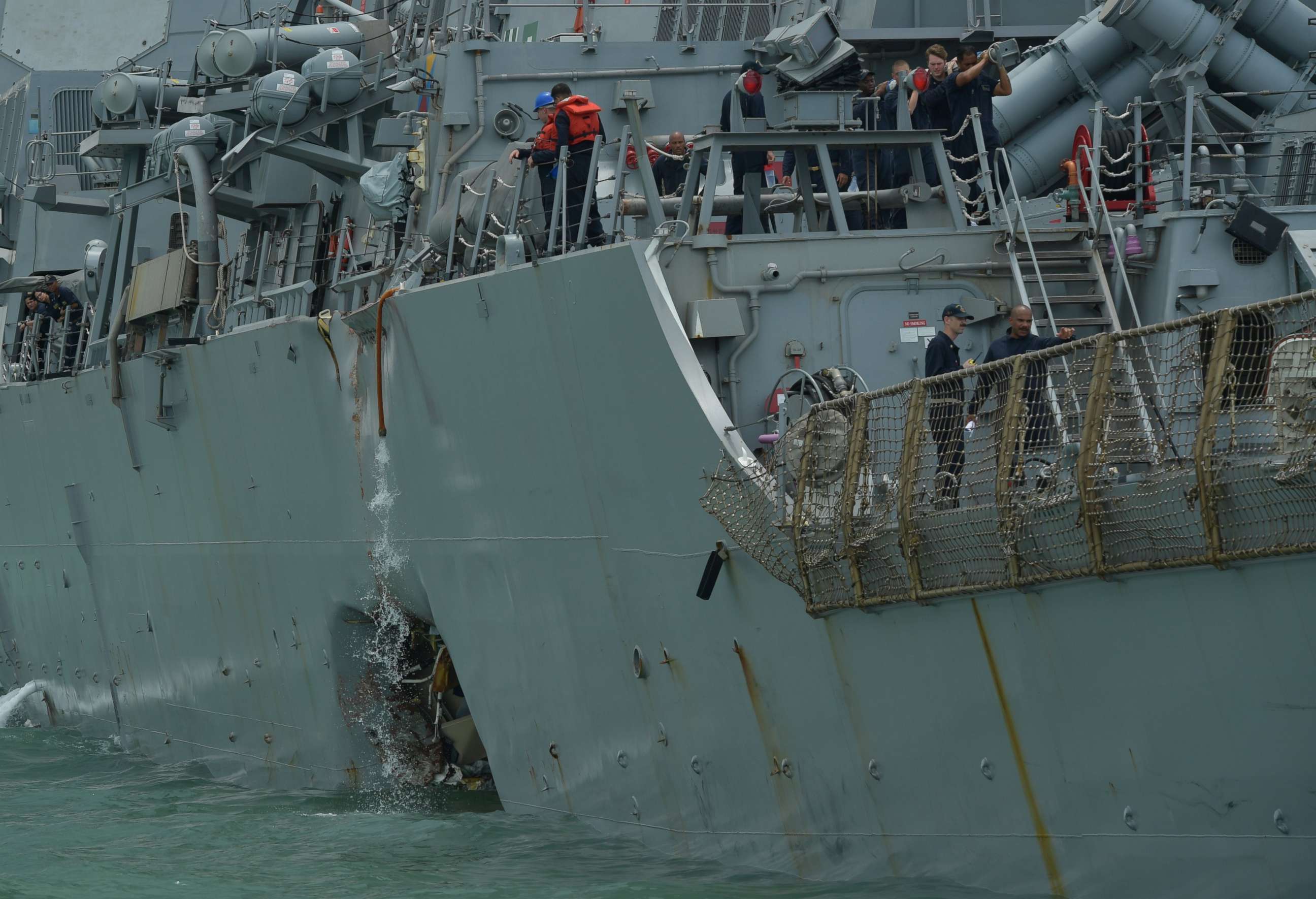
In addition to the 10 sailors who are missing, another five sustained non-life-threatening injuries, the Navy said.
The ship suffered significant damage to the hull, causing flooding in nearby departments, including the crew berthing, machinery and communications rooms, the Navy said.
"This leaves a real gap in the Pacific fleet's capabilities at a time when tensions with North Korea are high," Ganyard said on "GMA."
The crew consisted of 23 officers, 24 petty officers and 291 sailors, according to the Navy's website. Its home port is in Yokosuka, Japan.
The Associated Press contributed to this report.




